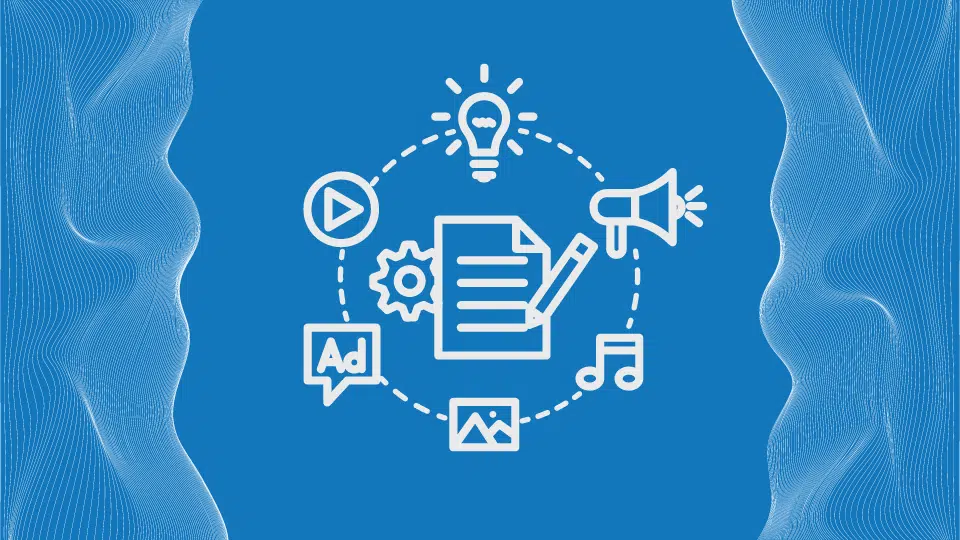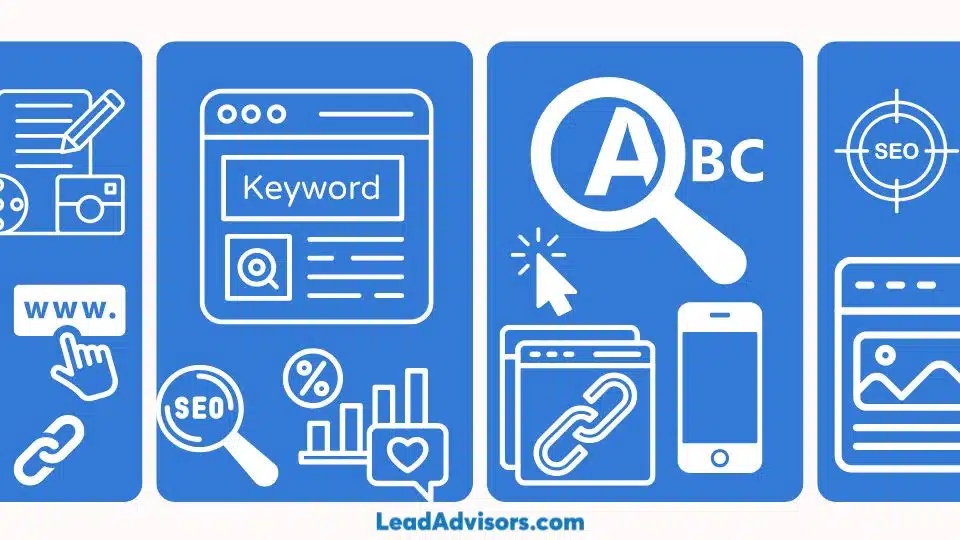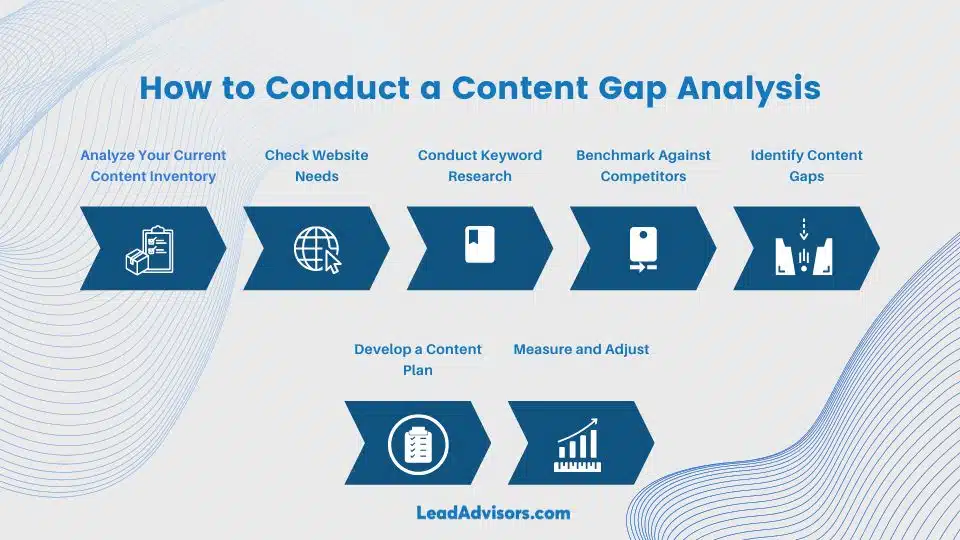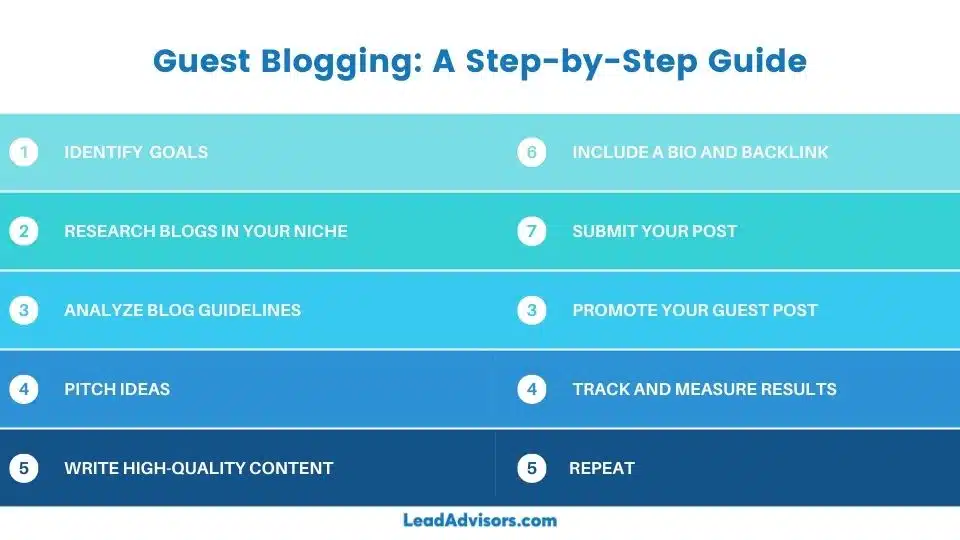Are you an e-commerce owner or a business looking to create an exceptional user experience for survey customers? Look no further! This guide will explore optimizing user experience through effective user journey mapping techniques.
The success of any online business heavily relies on the user experience it provides. By understanding how users engage with your website or application, you can identify areas that require improvement and deliver a smooth, uninterrupted experience. This is where user or customer journey mapping comes into play.
For e-commerce and business owners, a customer journey map offers numerous benefits. Before optimizing each stage of the user’s journey, it’s advantageous to utilize customer journey mapping examples, comprehend customer touchpoints, and analyze their experiences. This provides valuable insights into customer expectations and goals.
This guide will walk you through the steps of effective customer journey mapping. Additionally, we will equip you with the necessary knowledge and tools. You’ll learn how to define your customer journey map template, identify your target audience, and analyze and optimize different user journey experience maps and variations for future improvements.
Get ready to transform your business by implementing customer journey mapping techniques that make a difference. So, what are you waiting for? Start implementing customer journey mapping techniques today and unlock the full potential of your business’s user experience.
Understanding User Journey Mapping

User journey mapping, or customer journey mapping, is crucial for creating a smooth user experience. Moreover, businesses can identify pain points and improve touchpoints by utilizing customer journey map examples to enhance the overall user experience. By visualizing the entire user journey when interacting with a website or application, it helps optimize the experience.
Key elements of customer journey mapping include:
- Touchpoints are the various interaction points between users and your digital assets. Mapping these touchpoints provides a comprehensive view of the user journey.
- User personas represent different segments of your target audience and help customize experiences to meet their specific needs and preferences.
Understanding customer goals is vital for optimizing the user journey. Knowing what users want to achieve during interactions allows businesses to align the customer journey with their goals. This ensures that each step in the customer persona buyer journey serves a purpose and contributes to a positive customer experience.
According to a study by UXPressia, 97% of all customer journey maps created in their software include a layer for the average customer who‘s perspective, needs, and goals. Understanding what customers want is essential for designing a good user experience.
Businesses can take customer actions and achieve tangible results by leveraging a customer journey map. A survey by Econsultancy revealed that 79% of companies that surpassed their revenue goals had implemented a well-documented customer journey mapping process.
Steps to Conduct Effective User Journey Mapping

User journey mapping is a powerful technique that requires a systematic approach to achieve optimal results. To enhance the overall user experience, businesses and service teams can follow these steps to conduct an effective customer journey map.
Step 1: Define Your Target Audience:
To begin with, it’s crucial to understand your target audience and their needs. Additionally, conducting market research to understand prospective customers’ behavior, preferences, and pain points is essential.
Moreover, creating user personas and fictional representations of your ideal target customers can provide valuable insights into how customers interact. Businesses can optimize the user journey by gaining a deeper understanding of their goals, motivations, needs, and challenges.
HubSpot shows that businesses that use customer journey mapping reports increased customer satisfaction, with 80% experiencing positive results. By defining your customer journey map templates to accurately reflect your target audience accurately, you can tailor your user and customer journey map to meet their needs and preferences.
Step 2: Identify Key Touchpoints:
Identifying the touchpoints where users interact with your business is essential in creating an effective customer journey map. Firstly, these touchpoints encompass various channels such as your website, social media platforms, customer service team, and support channels.
Additionally, by mapping out these touchpoints and analyzing each interaction, businesses can identify areas that require improvement.
Furthermore, by following this approach, you can gain valuable insights into how users engage with your business at different stages of their journey. This analysis allows you to identify pain points, friction areas, and enhancement opportunities.
Consequently, by optimizing these touchpoints, you can provide a seamless and satisfying user experience that aligns with your customer’s expectations and goals.
Did you know that, on average, a customer interacts with a business at least 12 times before making a purchase? By mapping these touchpoints, you gain insights into users’ interactions with your brand, allowing you to optimize each touchpoint for a seamless user experience.
Step 3: Map the User Journey:
Creating a visual representation of the user’s journey is pivotal in mapping how the customer interacts. First, begin by outlining the stages a user goes through, from the initial awareness stage to the final conversion or engagement stage. In addition, plot the touchpoints within the customer’s journey at each stage and connect them to visualize the entire journey.
Businesses gain valuable insights into the customer experience by utilizing user journey maps. Moreover, they can identify opportunities for improvement within existing customer journeys.
These maps enable the identification of areas where users may encounter challenges or experience friction. Consequently, this leads to informed decision-making for optimizing the user journey.
Step 4: Analyze and Optimize:
Once the user journey map is complete, the next step is to analyze it for pain points and areas that require optimization. Subsequently, businesses must identify bottlenecks, confusing steps, or obstacles hindering a seamless user experience.
To address these issues, businesses should streamline processes, remove friction, and personalize customer interactions. By doing so, they can ensure alignment with the full journey map example and the customer’s experience, goals, and expectations.
Research has shown that analyzing the user to create a customer journey map can help businesses identify how customers navigate in’ navigation, pain points, and areas for improvement. Through the optimization of the user experience using an effective customer journey map, you can generate a smoother and more pleasant user experience. This, in turn, will result in enhanced customer satisfaction and improved conversion rates.
With the acquired knowledge and tools for conducting effective customer journey mapping, it is time to implement this knowledge.
Start by defining your target audience, identifying key touchpoints, mapping the user journey, and analyzing and optimizing the results. Use effective user and customer journey touchpoints mapping techniques to enhance user experience and drive business and customer success together.
Tools and Techniques for User Journey Mapping

The process of user journey mapping can be greatly improved by using various tools and techniques that help create and visualize comprehensive user journey maps.
Using these resources, businesses can gain valuable insights into user behavior and enhance the overall user experience through optimization efforts. Here are some popular tools and techniques to consider:
User Research Methods:
It’s important to conduct user research to create effective customer journey maps. Surveys, interviews, and usability testing are useful methods that provide qualitative and quantitative data on user preferences, pain points, and behaviors.
Tools like SurveyMonkey, Google Forms, and UserTesting.com make conducting surveys and collecting user feedback efficient. These tools offer customizable survey templates, easy distribution methods, and robust analytics. By leveraging these resources, businesses can gain valuable insights into user needs and expectations, which can inform their customer journey-mapping efforts.
Customer Feedback Tools:
Customer feedback is essential for understanding their experiences and improving the user journey. Feedback tools like Hotjar, Qualtrics, and UserVoice can help with this. These tools enable businesses to collect real-time feedback and offer valuable features that enhance the feedback-gathering process.
For instance, interactive and engaging feedback forms provided by these tools allow businesses to acquire insightful responses. Visual heatmaps generated by the tools enable businesses to visualize user behavior patterns, identify areas of interest, and pinpoint potential pain points. Moreover, sentiment analysis features help assess customer satisfaction based on feedback.
Analytics Platforms:
Analytics platforms provide businesses with data-driven insights into user behavior. Tools like Google Analytics, Mixpanel, and Adobe Analytics allow businesses to track user interactions, identify drop-off points, and measure key performance indicators (KPIs) throughout the user journey.
These platforms offer robust tracking capabilities, custom reporting, and advanced segmentation features to understand user engagement, conversion rates, and other important metrics. By analyzing user data, businesses can identify areas for improvement, optimize touchpoints, and enhance the overall user experience.
User Journey Mapping Software:
Prototyping tools enable businesses to create interactive mockups of user interfaces, simulating the user journey before development. Tools like Figma, InVision, and Axure RP allow for creating clickable prototypes that showcase the flow and interactions of the user journey.
These tools provide a visual interface for designing and testing user interfaces, enabling businesses to validate the effectiveness of the user journey and gather feedback from stakeholders and users. By prototyping the user journey, businesses can iterate on design decisions, uncover usability issues early on, and create a more intuitive and seamless user experience.
Prototyping Tools:
Prototyping tools enable businesses to create interactive mockups of user interfaces, simulating the user journey before development. Tools like Figma, InVision, and Axure RP allow for creating clickable prototypes showcasing the user journey’s flow and interactions.
These tools provide a visual interface for designing and testing user interfaces, enabling businesses to validate the effectiveness of the user journey and gather feedback from stakeholders and users. By prototyping the user journey, businesses can iterate on design decisions, uncover usability issues early on, and create a more intuitive and seamless user experience.
You may also like: How to Create a Landing Page That Converts
Measuring the Success of User Journey Mapping
Measuring the success of a customer journey map is crucial for understanding the impact of optimized user journeys on overall business performance. By tracking key performance indicators (KPIs) and analyzing relevant metrics, businesses can gauge the effectiveness of their customer journey map efforts.
To measure the success of a customer journey map, it’s important to consider the following key factors:
User Behavior Analysis:
Monitoring user behavior provides insights into how users engage with digital assets. Metrics like time spent on each touchpoint, click-through rates, and bounce rates offer data to identify challenges or friction points. Analyzing these metrics helps businesses improve user journeys and enhance engagement.
Conversion Rates:
Monitoring conversion rates at different stages of the user journey is crucial. Analyzing metrics such as add-to-cart rates, form submission rates, and purchase completion rates helps identify bottlenecks. Improvements in conversion rates indicate the effectiveness of user journey optimization in driving desired actions.
Customer Satisfaction:
Evaluating ROI is crucial for assessing the success of customer journey mapping. Monitoring financial metrics like increased revenue, improved retention rates, and reduced support costs determines the financial impact. Positive ROI reflects the effectiveness of the customer journey map in driving growth and improving the bottom line.
Usability Testing and User Feedback:
Incorporating usability testing and gathering user feedback throughout the user journey provides valuable qualitative insights. Direct user feedback, observations, and usability tests uncover pain points and improvement opportunities. These insights inform decisions to optimize the user journey and provide a better user experience..
With a data-driven approach, businesses can create seamless user experiences that drive customer satisfaction, foster loyalty, and fuel growth.
Conclusion
User journey mapping is crucial in optimizing user experience and driving business success. By visualizing the entire user journey, businesses gain valuable insights into touchpoints, user personas, and customer goals, leading to seamless experiences. Effective customer journey map techniques can potentially increase satisfaction, conversion rates, and overall performance.
To enhance the user experience, defining the target audience, identifying key touchpoints, mapping journey phases, and consistently analyzing and optimizing the experience is important. Utilizing user research methods, customer feedback tools, analytics platforms, and customer journey map software can provide valuable insights.
Measuring success is essential. Tracking user behavior, conversion rates, satisfaction, and return on investment (ROI) while gathering direct user feedback helps evaluate the effectiveness of the journey map and make necessary adjustments.
It’s time to take action! Implement strategies to optimize the user experience and differentiate yourself from competitors. By delivering exceptional experiences, businesses can cultivate long-term customer loyalty and drive growth.
Contact LeadAdvisors for expert guidance in implementing customer journey map techniques. Start mapping user journeys today and unlock the full potential of your business.


























